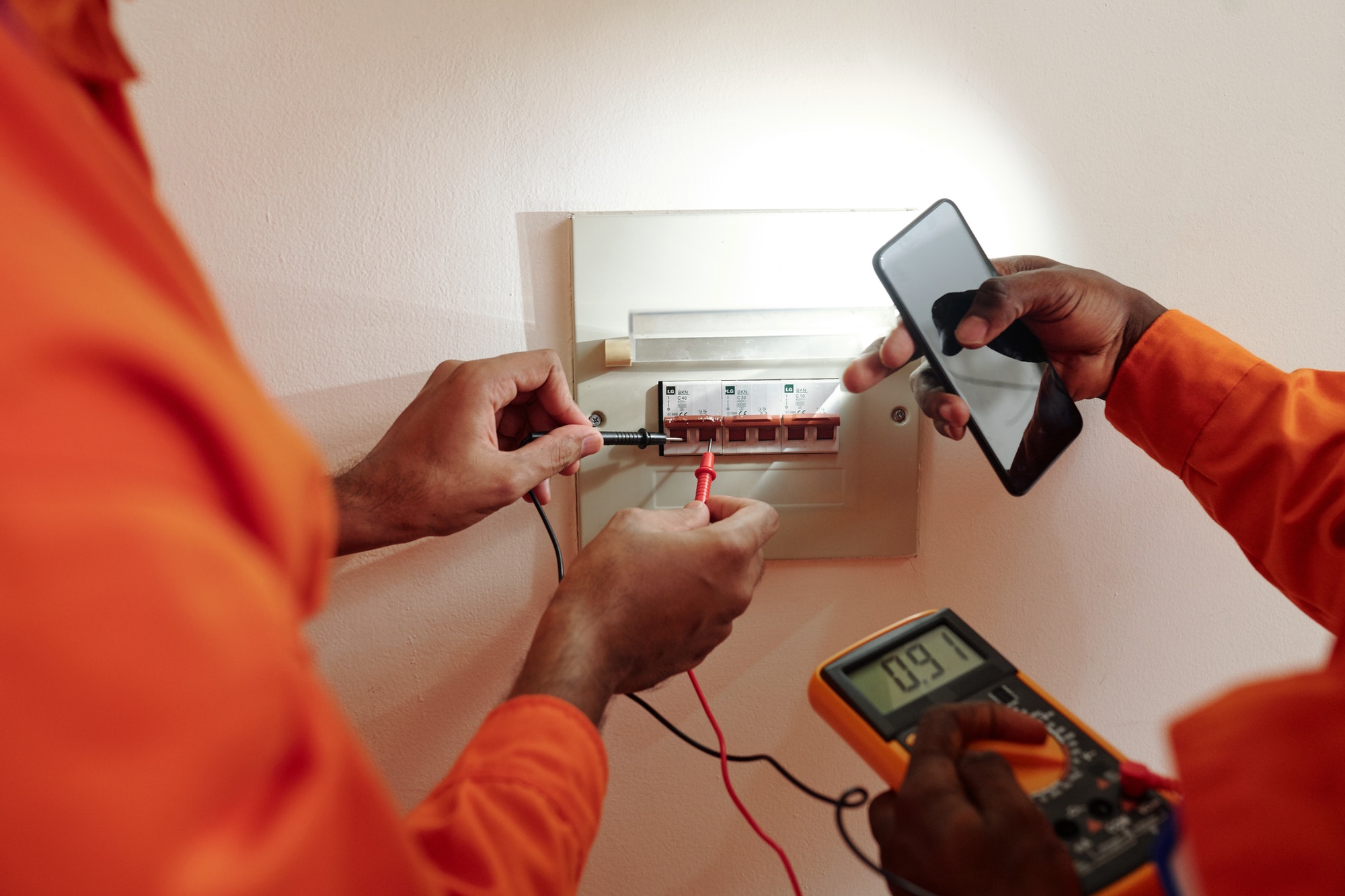As a landlord in London, ensuring the safety of your tenants is paramount. One crucial aspect of this responsibility involves conducting Electrical Installation Condition Reports (EICRs). This guide aims to provide a comprehensive understanding of EICRs, their importance, and what landlords in London need to know to stay compliant with regulations.
What is an EICR?
An Electrical Installation Condition Report (EICR) is a formal document produced following an assessment of the electrical installations within a property. It evaluates the safety, condition, and performance of electrical systems, identifying any defects or potential hazards. The EICR is performed by a qualified electrician or electrical contractor who will inspect aspects such as wiring, circuits, sockets, switches, and other electrical components.
Why are EICRs Important?
EICRs are crucial for several reasons:
- Safety: The primary purpose of an EICR is to ensure that electrical installations are safe to use. Faulty or outdated wiring can pose significant risks, including electric shocks, fires, and other hazards.
- Legal Compliance: In the UK, particularly in London, landlords are legally required to conduct EICRs to comply with safety regulations. The Electrical Safety Standards in the Private Rented Sector (England) Regulations 2020 mandate that landlords ensure electrical installations are inspected and tested at least every five years.
- Tenant Assurance: Providing an up-to-date EICR demonstrates a landlord’s commitment to tenant safety, which can enhance tenant satisfaction and trust.
- Insurance: Some insurance policies require evidence of regular electrical inspections. An EICR can be vital for validating claims in case of electrical faults or accidents.
When is an EICR Required?
Landlords should conduct an EICR:
- Every Five Years: As per regulations, every rental property must undergo an EICR at least once every five years.
- At Change of Tenancy: While not always mandatory, conducting an EICR when there is a change in tenancy can ensure new tenants are moving into a safe environment.
- After Significant Electrical Work: If substantial electrical work has been carried out, an EICR can verify that the installations meet current safety standards.
- Upon Request: If tenants report electrical issues, an immediate EICR can help address potential risks promptly.
What Does an EICR Involve?
An EICR inspection involves several steps:
- Visual Inspection: The electrician will perform a visual inspection of the property’s electrical installations, looking for obvious signs of wear and tear, damage, or non-compliance with safety standards.
- Testing: The electrician will conduct various tests on circuits and equipment to ensure everything is functioning correctly and safely. This includes checking for adequate earthing and bonding, verifying the integrity of wiring, and testing safety devices such as circuit breakers.
- Reporting: After the inspection, the electrician will produce a report detailing their findings. The report will classify issues using specific codes:
- C1 (Danger Present): Immediate remedial action is required.
- C2 (Potentially Dangerous): Urgent remedial action is needed.
- C3 (Improvement Recommended): Not immediately dangerous but suggests improvements.
- FI (Further Investigation Required): Additional inspection is necessary to determine the extent of the issue.
Remedial Actions
If an EICR identifies issues (C1 or C2), landlords must ensure remedial work is completed within 28 days, or sooner if specified. Once repairs are made, a follow-up inspection will confirm that the issues have been rectified, and a satisfactory EICR can be issued.
Choosing a Qualified Electrician
It is essential to hire a competent and qualified electrician to carry out an EICR. Landlords should look for electricians who are registered with an approved scheme, such as NICEIC, ELECSA, or NAPIT. This ensures that the electrician has the necessary skills, knowledge, and experience to perform a thorough inspection and produce a reliable report.
Record Keeping
Landlords must retain copies of the EICR and any subsequent reports or certificates of remedial work. These documents should be provided to tenants at the start of a new tenancy and to the local authority upon request. Keeping accurate records ensures compliance with regulations and provides a clear history of electrical safety maintenance.






